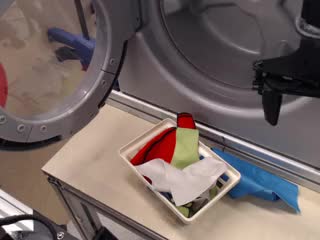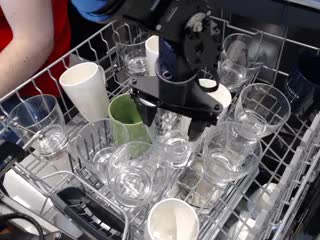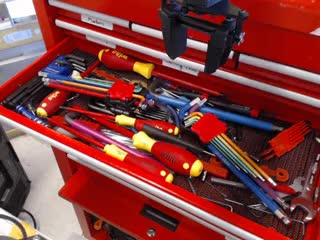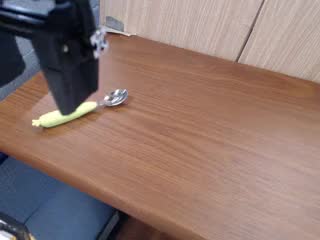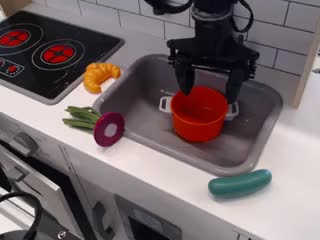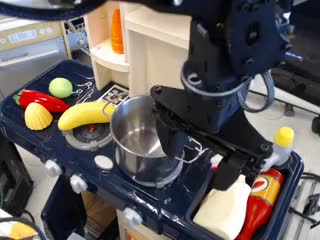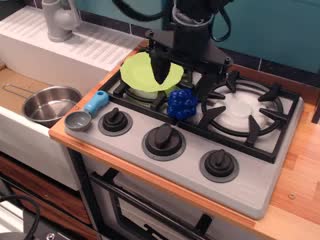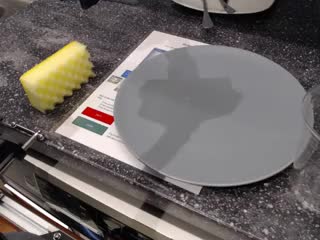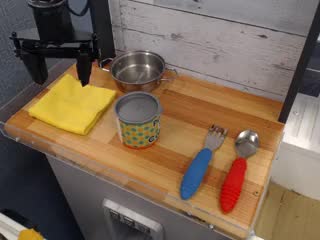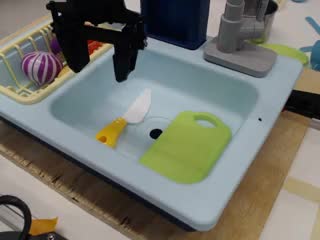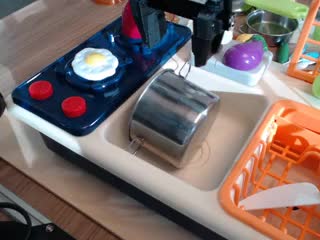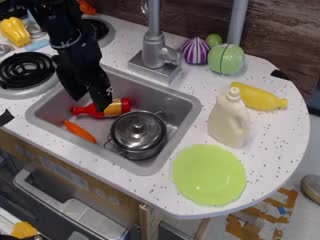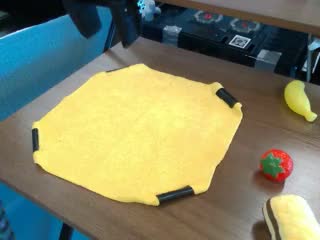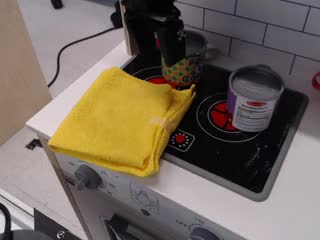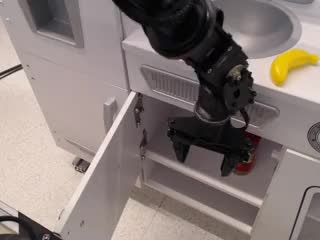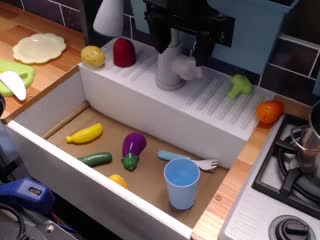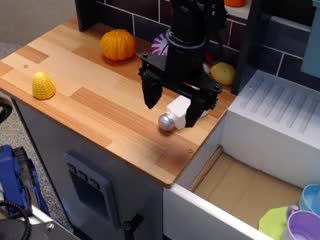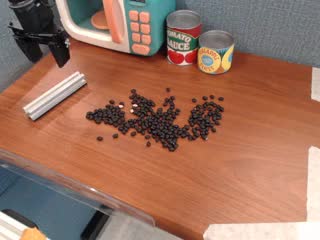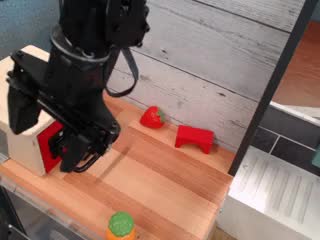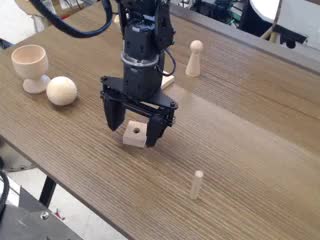BridgeData V2: A Dataset for Robot Learning at Scale
BridgeData V2 is a large and diverse dataset of robotic manipulation behaviors designed to facilitate research in scalable robot learning. The dataset is compatible with open-vocabulary, multi-task learning methods conditioned on goal images or natural language instructions. Skills learned from the data generalize to novel objects and environments, as well as across institutions.
Dataset Composition
To support broad generalization, we collected data for a wide range of tasks in many environments with variation in objects, camera pose, and workspace positioning. Each trajectory is labeled with a natural langauge instruction corresponding to the task the robot is performing.
- 60,096 trajectories
- 50,365 teleoperated demonstrations
- 9,731 rollouts from a scripted pick-and-place policy
- 24 environments
- 13 skills
View a Random Trajectory
Use the "Sample" button to view a random trajectory from the dataset! We show the intial and final states of the trajectory, as well as the corresponding natural language annotation.
Usage
The dataset can be downloaded here (stored as JPEGS). The teleopearated demonstration data and the data from the scripted pick-and-place policy are provided as separate zip files. We also provide both model training code and pre-trained weights for getting started with BridgeData V2:
- This repository provides code and instructions for training on the dataset and evaluating policies.
- This guide provides instructions for setting up the robot hardware.
Above we show a breakdown of the entire dataset, including the autonomously collected data, by what camera views are included. "Over-the-shoulder" refers to the primary fixed camera, and "randomized" refers to the two alternative camera views that are randomized by the data collectors every 50 trajectories. "Depth", when present, is from the same perspective as the primary fixed camera. "Wrist" refers to the wide-angle wrist-mounted camera. More cameras were added to the hardware setup throughout data collection, so the majority of the data only includes the primary fixed camera view, and very little data currently includes all 4 views. However, now that the hardware is in place, more and more data will include all 4 views as the dataset continues to grow.
Evaluations of Offline Learning Methods
We evaluated several state-of-the-art offline learning methods using the dataset. We first evaluated on tasks that are seen in the training data. Even though these tasks are seen in training, the methods must still generalize to novel object positions, distractor objects, and lighting. Next, we evaluated on tasks that require generalizing skills in the data to novel objects and environments. Below we show videos for some of the seen and unseen tasks evaluated in the paper. All videos are shown at 2x speed.
Seen Goal-Conditioned Tasks

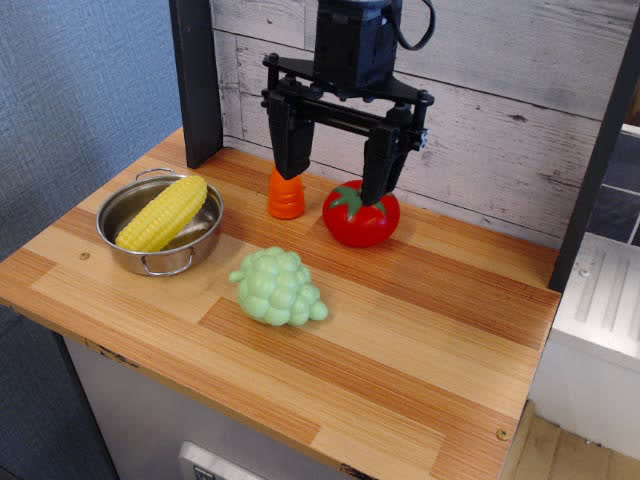
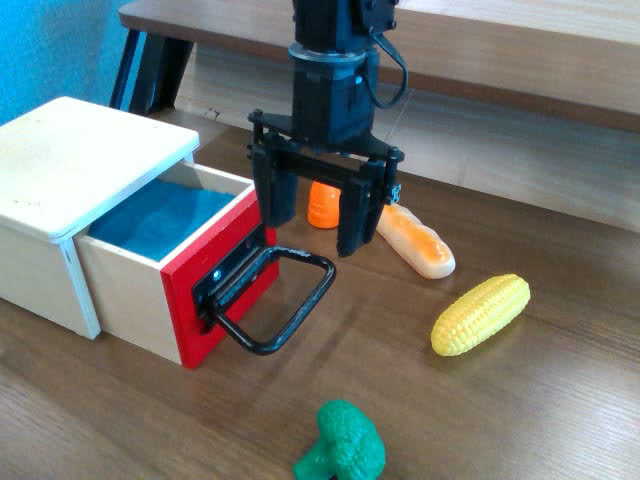
Unseen Goal-Conditioned Tasks

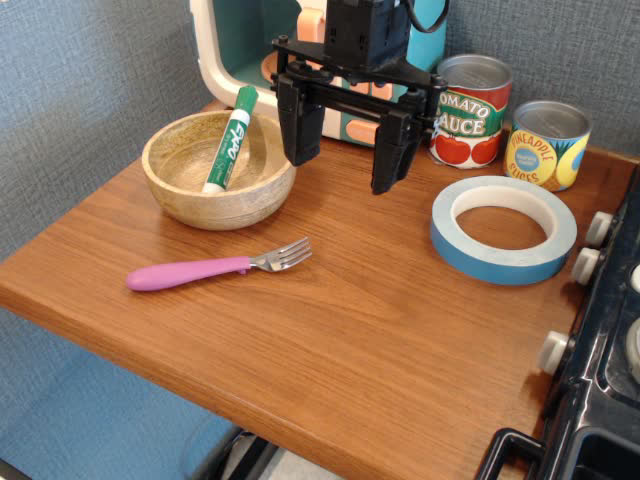
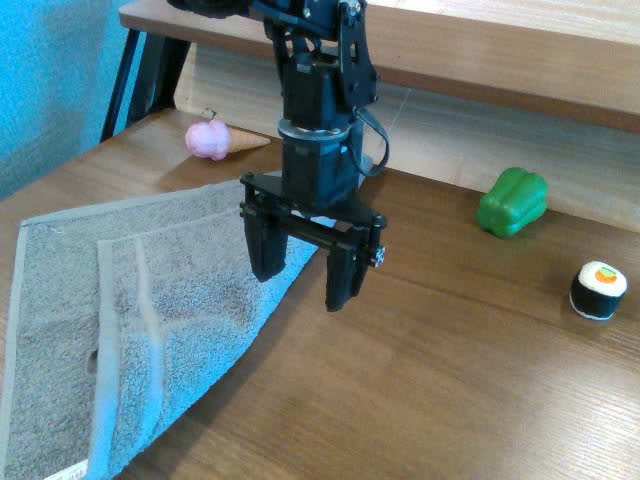
Seen Language-Conditioned Tasks
Unseen Language-Conditioned Tasks
System Setup
All the data was collected on a WidowX 250 6DOF robot arm. We collect demonstrations by teleoperating the robot with a VR controller. The control frequency is 5 Hz and the average trajectory length is 38 timesteps. For sensing, we use an RGBD camera that is fixed in an over-the-shoulder view, two RGB cameras with poses that are randomized during data collection, and RGB camera attached to the robot's wrist. The images are saved at a 640x480 resolution.
Papers
- Bridge Data: Boosting Generalization of Robotic Skills with Cross-Domain Datasets
- Pre-Training for Robots: Offline RL Enables Learning New Tasks from a Handful of Trials
- Generalization with Lossy Affordances: Leveraging Broad Offline Data for Learning Visuomotor Tasks
- BridgeData V2: A Dataset for Robot Learning at Scale
Contributors
The following people contributed to the project.
Homer Walke, Kevin Black, Frederik Ebert, Aviral Kumar, Anikait Singh, Yanlai Yang, Patrick Yin, Gengchen Yan, Kuan Fang, Ashvin Nair, Tony Zhao, Quan Vuong, Chongyi Zheng, Philippe Hansen-Estruch, Andre He, Vivek Myers, Moo Jin Kim, Max Du, Karl Schmeckpeper, Bernadette Bucher, Georgios Georgakis, Kostas Daniilidis, Chelsea Finn, Sergey Levine
We also thank Abraham Lee, Mia Galatis, Caroline Johnson, Christian Aviña, Samantha Huang, and Nicholas Lofrese for collecting data.
All data is provided under the Creative Commons Attribution 4.0 International License
If you use BridgeData V2 in your work, please cite with:
@inproceedings{walke2023bridgedata,
title={BridgeData V2: A Dataset for Robot Learning at Scale},
author={Walke, Homer and Black, Kevin and Lee, Abraham and Kim, Moo Jin and Du, Max and Zheng, Chongyi and Zhao, Tony and Hansen-Estruch, Philippe and Vuong, Quan and He, Andre and Myers, Vivek and Fang, Kuan and Finn, Chelsea and Levine, Sergey},
booktitle={Conference on Robot Learning (CoRL)},
year={2023}
}
